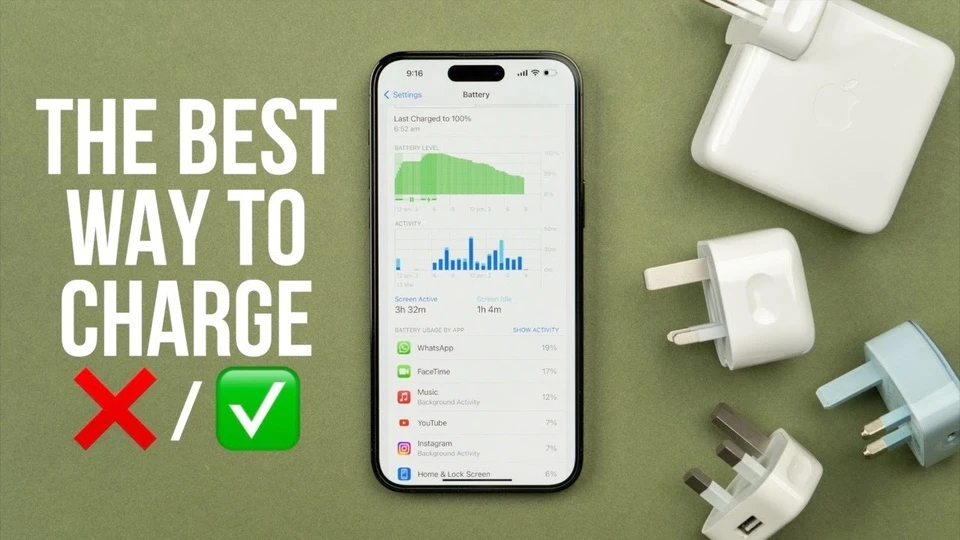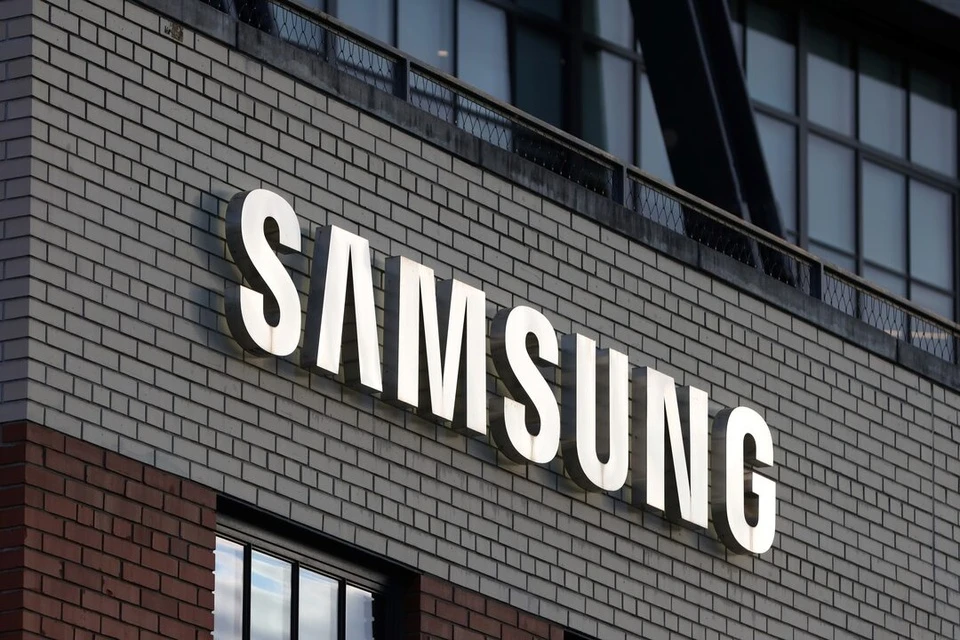 Sạt nhanh có gây hại cho Pin không? đây là câu trả lời
Sạt nhanh có gây hại cho Pin không? đây là câu trả lời Google Maps sắp tới sẽ thay đổi mãi mãi
Google Maps sắp tới sẽ thay đổi mãi mãi Ảnh thực tế smartphone gập ba của Samsung
Ảnh thực tế smartphone gập ba của Samsung 2 ngày 1 đêm lại xin lỗi
2 ngày 1 đêm lại xin lỗi Samsung trở lại vị trí dẫn đầu
Samsung trở lại vị trí dẫn đầu Đồng Pi tăng giá
Đồng Pi tăng giá Chủ chuỗi WinMart+ tính mở 1.500 cửa hàng mới năm 2026
Chủ chuỗi WinMart+ tính mở 1.500 cửa hàng mới năm 2026 Giá vàng thế giới tăng trở lại
Giá vàng thế giới tăng trở lại Cách Xabi Alonso tháo tung Barcelona
Cách Xabi Alonso tháo tung Barcelona Chuyện gì đang xảy ra ở show có Ngô Kiến Huy
Chuyện gì đang xảy ra ở show có Ngô Kiến Huy
Xiaomi 17 Pro Max: The Strategy Behind Its Record-Breaking Success

Xiaomi is closing the gap with Apple by raising product prices and shifting from a “budget-friendly” strategy to premium brand positioning. Discover how Xiaomi’s bold pricing move with the Xiaomi 17 Pro Max reshaped its global smartphone identity.

The Xiaomi 17 series has made a big splash in the Chinese market. Photo: Bloomberg.
Xiaomi is steadily narrowing the gap with Apple as it continues to raise product prices and redefine its brand image from a “budget” manufacturer to a global premium smartphone leader.
The Xiaomi 17 series has made a huge impact in China, symbolizing the company’s strongest push yet into the high-end market. After years of strategic upgrades, Xiaomi’s pricing for the Xiaomi 17—now approaching iPhone levels—shows how far the brand has come in its “premium transformation.”
Rising Prices, Faster Than the iPhone
When Xiaomi launched the 17 series with a starting price of 4,499 yuan (around USD 700), it continued the premium positioning it had been developing for years. The standard model retained the Xiaomi 15’s price, but higher configurations rose by 200–500 yuan (USD 28–70).
Since announcing its goal to “learn from Apple’s standards” in late 2021, Xiaomi has evolved significantly—focusing on innovation and quality instead of price wars. Between 2017 and now, Xiaomi’s flagship prices have increased by an average of 10% per year, even outpacing Apple’s growth rate.
For instance, in 2020, the Xiaomi 10’s price jumped from 2,999 yuan (USD 421) to 3,999 yuan (USD 561)—a 30% leap. The brand then maintained this level for three consecutive years before raising it again with the Xiaomi 15. Today, the 4,000–5,000 yuan range (USD 561–702) defines Xiaomi’s premium flagship base.
In comparison, Apple’s iPhone prices have risen more gradually. When Xiaomi 6 increased 15%, the iPhone 8 rose only 9.3%. Except for the major jump with the iPhone X, Apple has kept the 5,999-yuan (USD 842) entry price stable from the iPhone 13 to the present.
However, higher prices come with risks. After launching the Xiaomi 10, the brand’s sales dropped 35% in Q2 2020, falling to fifth place in China. In India, its largest market outside China, sales were nearly cut in half. These declines highlight that sharp price hikes can hurt short-term demand, even when the long-term strategy focuses on profitability and brand prestige.
Xiaomi’s Unique Growth Strategy
Despite early setbacks, Xiaomi’s pricing strategy has proven effective. According to Canalys, Xiaomi surpassed Apple in Q2 2025 to become the world’s second-largest smartphone brand by sales. Models like the Xiaomi 14 sold 12 million units, and the Xiaomi 15 reached nearly 2 million units within two months.
This demonstrates that going premium has not hurt sales—instead, it expanded profit margins and strengthened Xiaomi’s global image.
Yet the overall market landscape is shifting. With the launch of the iPhone 17, Apple seems to have abandoned its “toothpaste-squeezing” approach—small upgrades for higher margins—in favor of reclaiming market share in China. This shift turns the Apple–Xiaomi rivalry into a fierce premium-tier battle, with both sacrificing short-term profits to secure leadership positions.
Meanwhile, Xiaomi’s corporate valuation is also evolving rapidly. The success of the Xiaomi 10 and 11 pushed its market capitalization above USD 115 billion between 2020 and 2021.
By 2025, the company’s stock had risen more than 50%, achieving record quarterly profits of 10.83 billion yuan (USD 1.52 billion), even as smartphone margins declined.
Though smartphones are no longer Xiaomi’s only growth driver, they remain the company’s core performance indicator. As Apple adjusts its strategy and Xiaomi expands into electric vehicles, the two giants are entering a new era of all-out competition—one that spans innovation, ecosystems, and the future of global technology.
